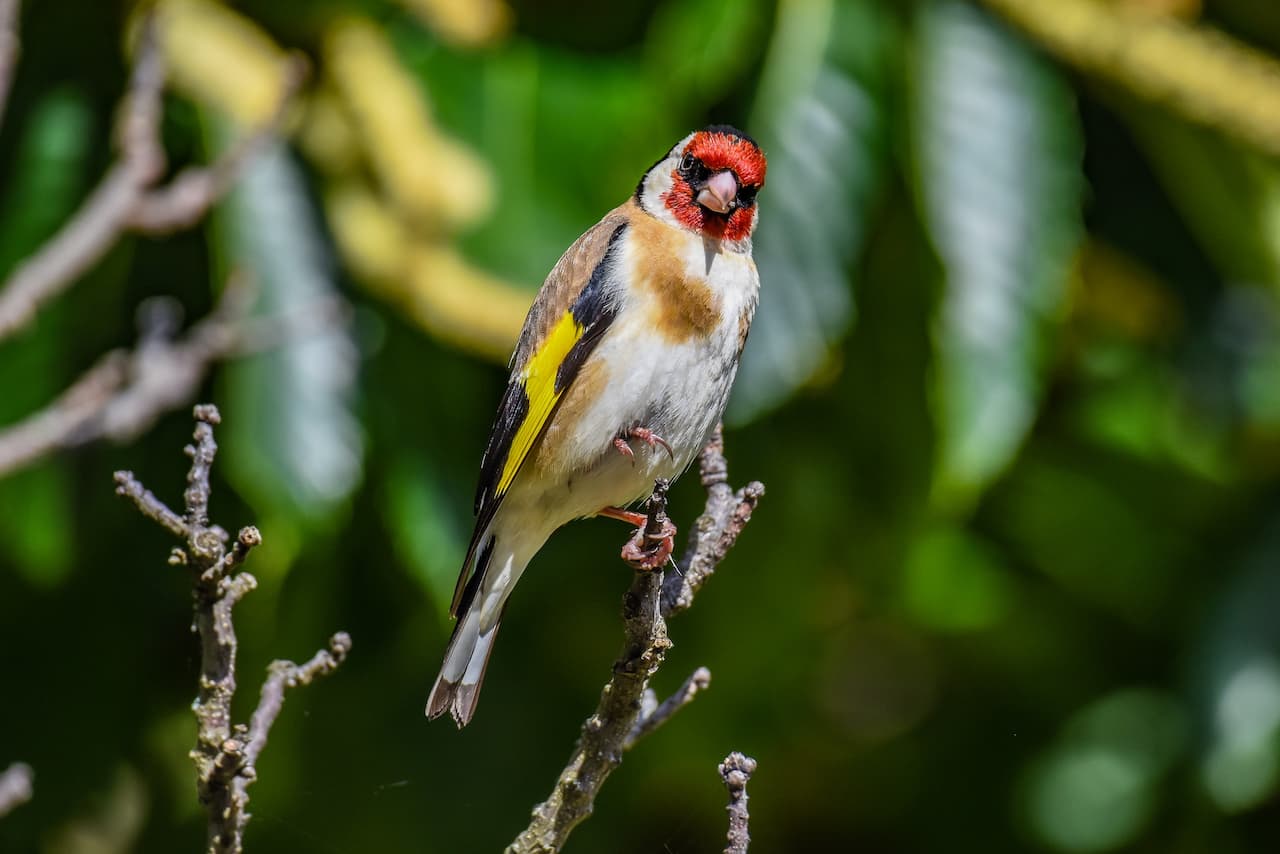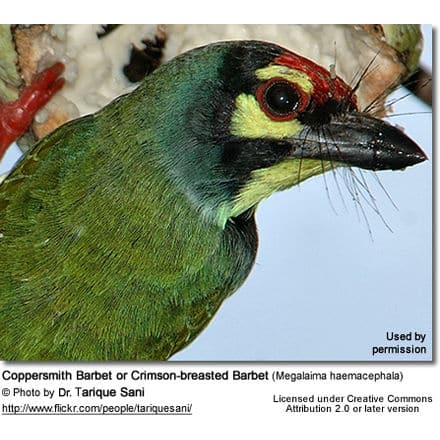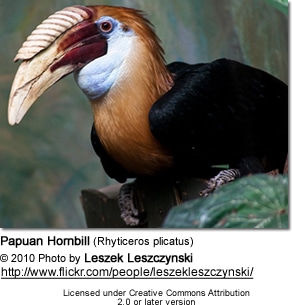Grey Warbler Finches
The Grey Warbler-finches (Certhidea fusca) are closely related to the Green Warbler-finches. Their common name was derived from their warbler-like appearance and behavior, and their mostly grey plumage.
They have the size and shape of the Green Warbler-finches, but can be recognized by the greyish plumage. These small-bodied birds weigh only 0.3 oz or 8 grams. Their bills are thin and pointed.
These finches inhabit arid, shrubby habitats on the smaller, drier islands; their cousins – the Green Warbler Finches – are found at higher elevations in lush mountain forests.
Subspecies and Ranges:
Grey Warbler-Finch (nominate) (Certhidea fusca fusca – P. L. Sclater and Salvin, 1870)
- Pinta (Abington) and Marchena (Bindloe) islands in northern Galapagos Islands
Grey Warbler-Finch (becki) (Certhidea fusca becki – Rothschild, 1898)
- Darwin (formerly Culpepper) and Wolf (Wenman) islands in extreme northwestern Galapagos Islands
Grey Warbler-Finch (mentalis) (Certhidea fusca mentalis – Ridgway, 1894)
- Genovesa (Tower) island in northern Galapagos Islands
Grey Warbler-Finch (bifasciata) (Certhidea fusca bifasciata – Ridgway, 1894)
- Santa Fe (Barrington) island in central Galapagos Islands
Grey Warbler-Finch (cinerascens) (Certhidea fusca cinerascens – Ridgway, 1890)
- Española Island (Hood), in southeastern Galapagos Islands
Grey Warbler-Finch (ridgwayi) (Certhidea fusca ridgwayi – Rothschild and Hartert, 1899)
- Santa Maria / Floreana (Charles), in southern Galapagos Islands
Grey Warbler-Finch (luteola) (Certhidea fusca luteola – Ridgway, 1894)
- luteola Ridgway, 1894 – San Cristóbal (Chatham) in southeastern Galapagos Islands
Source:www.freeworldmaps.net

Diet / Feeding
They mostly eat insects that they are caught in flight or they may use their pointed bills to dig amongst leaves, moss and soil for insects and spiders.
Breeding / Nesting
Grey Warbler-finches typically breed during the hot, rainy season when plenty of food is available. They are monogamous and typically form lifelong pair bonds. However, they may change mates if previous breeding attempts were unsuccessful or replace mates when their mates have been lost. They also have been noted to occasionally breed with more than one partner.
These Warbler Finches maintain small breeding territories. They construct small, dome-shaped nests with side-entrance holes.
The average nest contains 3 eggs that are incubated (brooded) by the female for about twelve days. The young remain in the nest for another couple of weeks before leaving the nest (fledging).
Calls / Vocalizations / Sounds
Their calls are described as relatively quick and high pitched, or slow repetitive trills.
Alternate (Global) Names
Dutch: Grijze Boszangervink … French: Géospize gris … German: Blindloedarwinfink … Polish: owadziarka szara … Spanish: Pinzón de Darwin Gris … Slovak: ostrov?an sivý
Further Finch Reading
- Finch Information
- Index of Finch Species
- Photos of the Different Finch Species for Identification
- Common Health Problems of Finches
- Finch / Canary Diet / Nutrition




